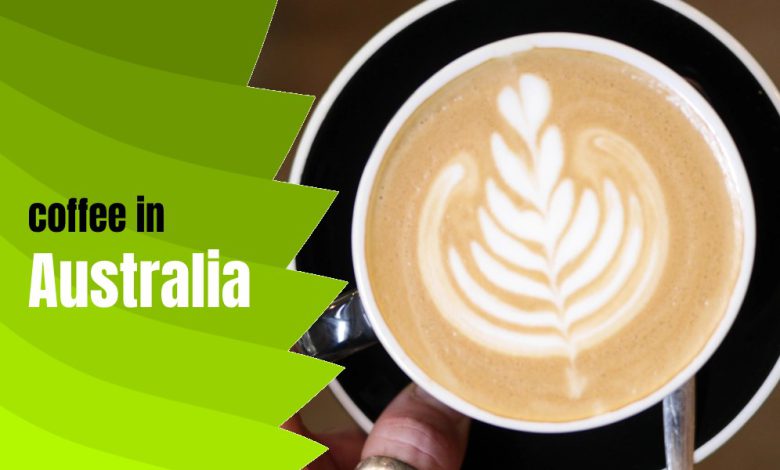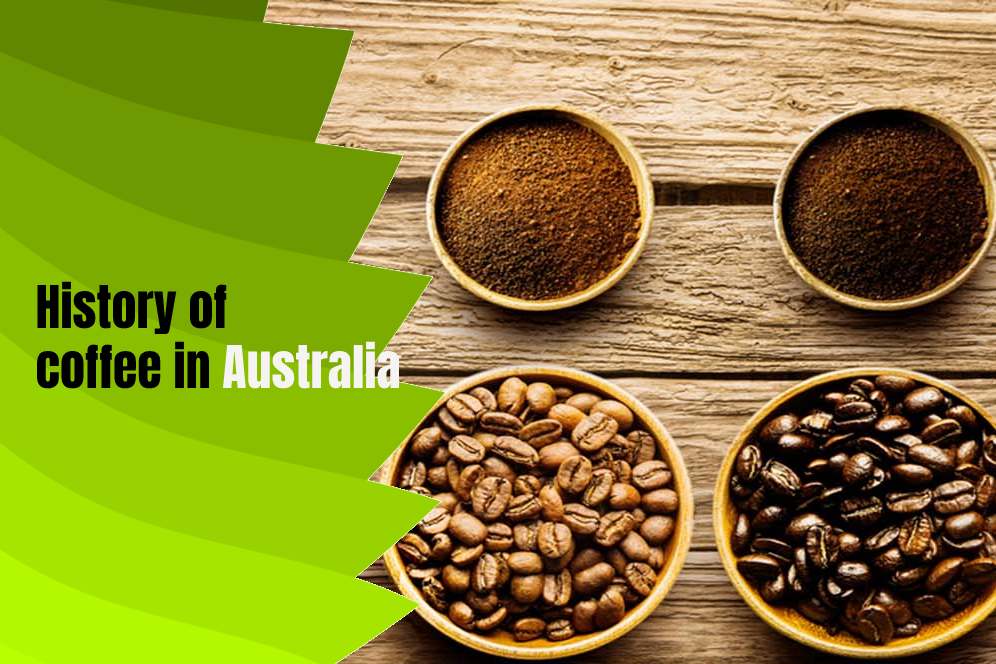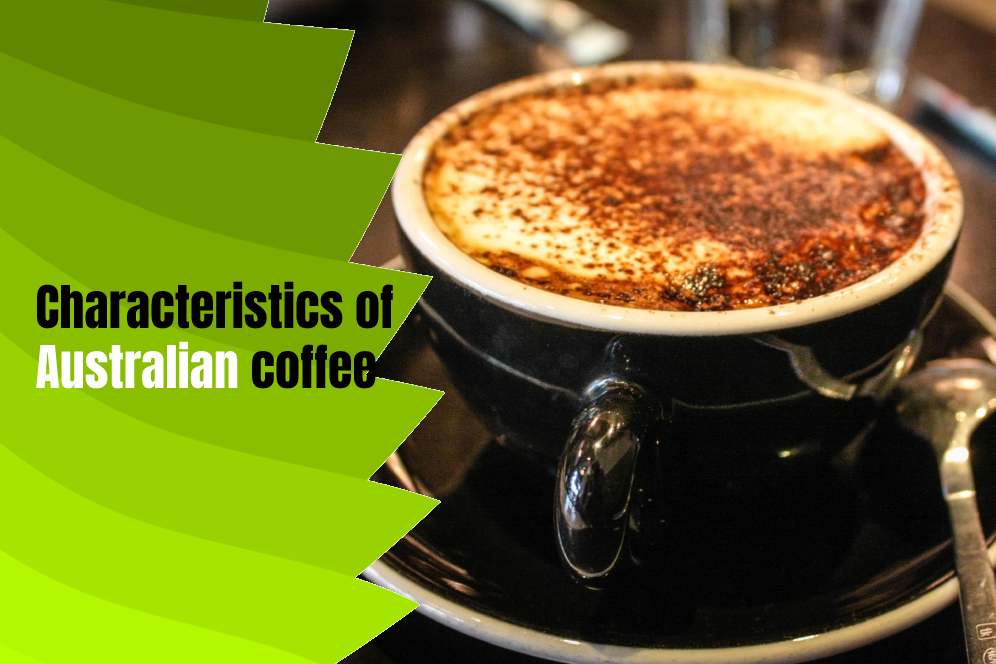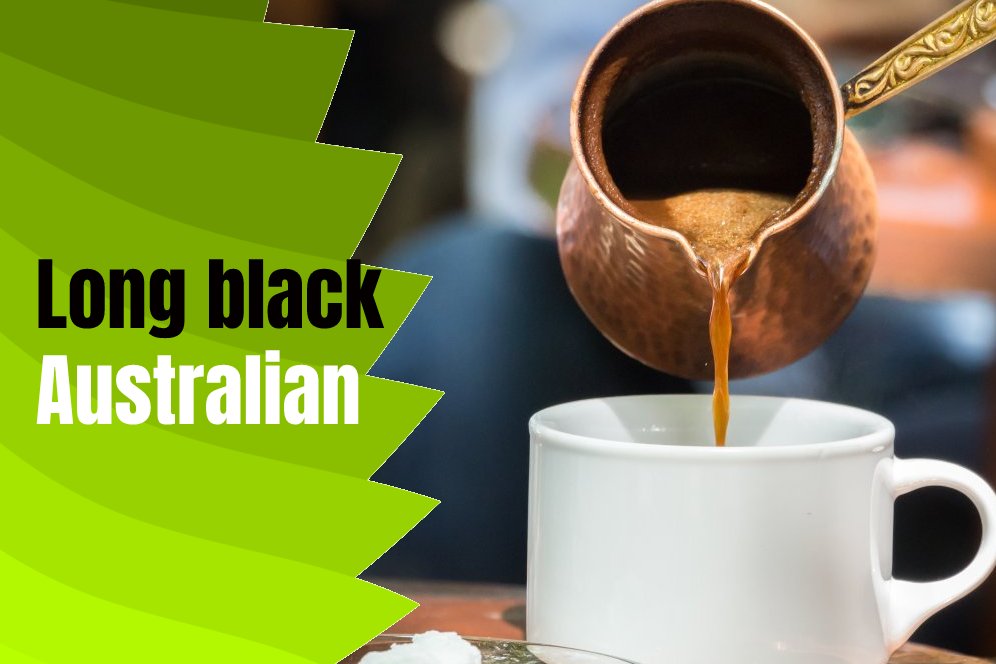History of Coffee in Australia (Introduction of The Most Popular)

Coffee was introduced to Australia during the late 18th century by European explorers and traders. However, it wasn’t until the 19th century that coffee became a popular drink in Australia.
In the early years, coffee was mainly consumed by the wealthy and was considered a luxury item. The first recorded sale of coffee in Australia was in 1807 in Sydney, where it was sold for two shillings per pound. However, it wasn’t until the 1830s that coffee houses started to appear in Australia, providing a space for people to drink coffee and socialize.
During the 20th century, coffee continued to grow in popularity, and coffee culture started to take hold. The introduction of espresso machines in the 1950s and 1960s revolutionized the coffee industry, and cafes started to pop up all over the country.
Australia’s coffee culture has continued to thrive, with many Australians enjoying a daily cup of coffee. In recent years, there has been a shift towards specialty coffee, with a growing number of specialty coffee shops and roasters appearing in cities and regional areas.
Today, Australia is known for its high-quality coffee and is home to many award-winning baristas and roasters. The country also hosts several annual coffee events, including the Melbourne International Coffee Expo and the Sydney Coffee Festival.
Contents
In what regions of Australia is coffee grown?
Australia is not a major coffee-producing country, and most of the coffee consumed in the country is imported. However, there are some regions in Australia where coffee is grown commercially, primarily in the northeastern state of Queensland.
Some of the coffee-growing regions in Queensland include:
Atherton Tablelands: This region, located in the northern part of the state, has a high altitude and a cool climate, which are suitable for growing Arabica coffee.
Mareeba: Another region in Far North Queensland, Mareeba has a warm and dry climate, and is known for producing high-quality Arabica coffee.
Tamborine Mountain: This region is located in the southeastern part of the state, and has a cooler climate than many other parts of Queensland. Coffee is grown here using sustainable and organic farming methods.
Byron Bay: This region is located in northern New South Wales, just south of the Queensland border. Coffee is grown here using organic and biodynamic farming methods, and the region is known for producing high-quality Arabica coffee.
In addition to these commercial coffee-growing regions, there are also some smaller-scale coffee growers in other parts of Australia, such as Western Australia and Tasmania.The state of the coffee trade in Australia
The coffee industry in Australia is thriving and has experienced significant growth over the past decade. According to a report by IBISWorld, the coffee industry in Australia is expected to generate revenue of $6 billion in 2023, with an annual growth rate of 2.7%.
Australia is known for its strong coffee culture, with a high demand for specialty coffee and a preference for quality over quantity. Many Australians are willing to pay a premium price for high-quality coffee, which has led to the growth of specialty coffee shops and cafes across the country.
The coffee trade in Australia is supported by a number of factors, including the availability of high-quality coffee beans, a well-developed supply chain, and a strong focus on sustainability and ethical sourcing. Australian coffee roasters and cafes are also known for their innovation and experimentation, which has helped to keep the industry vibrant and exciting.
Overall, the coffee trade in Australia is a significant and growing industry, with a strong focus on quality and sustainability.
Characteristics of Australian coffee
Australian coffee is generally known for its strong, bold flavors, which are often the result of using high-quality, dark-roasted beans. In addition to its strong taste, Australian coffee is also known for its milk-based espresso drinks, such as the flat white and the latte.
One of the defining characteristics of Australian coffee is the emphasis on quality and craftsmanship. Australian baristas take great pride in their work and strive to create the perfect cup of coffee every time. This attention to detail is reflected in the high standards for the quality of the coffee beans used, as well as in the care taken in the brewing process.
Another characteristic of Australian coffee is the focus on sustainability and ethical sourcing. Many Australian coffee roasters and cafes are committed to using beans that are sourced from sustainable and ethical producers, and are often certified by organizations such as Fairtrade and Rainforest Alliance.
Finally, Australian coffee is known for its vibrant and innovative coffee culture. Australian cafes and roasters are often at the forefront of experimentation and new trends, such as alternative brewing methods and specialty drinks. This willingness to try new things and push boundaries has helped to keep the Australian coffee scene exciting and dynamic.
Does Australia have good coffee?
Yes, Australia is known for having a vibrant coffee culture and is often praised for its high-quality coffee. Australians take their coffee seriously, and you can find excellent coffee shops and cafes throughout the country. Australian cities like Melbourne, Sydney, and Brisbane are particularly renowned for their thriving coffee scenes.
One reason for Australia’s reputation for good coffee is the focus on using high-quality beans and the art of espresso preparation. Many coffee shops in Australia prioritize specialty coffee, sourcing beans from around the world and employing skilled baristas who are trained to create delicious and well-crafted coffee beverages.
In addition to espresso-based drinks like cappuccinos, lattes, and flat whites, you’ll also find a variety of brewing methods, such as pour-over, cold brew, and syphon brewing, in Australian coffee shops. This diversity of coffee styles and brewing techniques contributes to the rich and vibrant coffee culture in the country.
So, whether you’re a local or a visitor, you can expect to find a wide range of coffee options and enjoy a great cup of coffee in Australia.
most popular coffee in Australia
In Australia, the most popular coffee style is the flat white. The flat white is a classic espresso-based beverage made with a double shot of espresso and steamed milk. It is similar to a latte but typically has less foam and a higher coffee-to-milk ratio, resulting in a stronger coffee flavor.
The popularity of the flat white in Australia can be attributed to its smooth and balanced taste, as well as its ability to showcase the quality of the espresso. Australians have embraced this coffee style, and you can find it on the menu of almost every coffee shop or café across the country.
Other popular coffee styles in Australia include:
- Long black: Similar to an Americano, a long black is made by pouring a double shot of espresso over hot water. It is a stronger coffee option for those who prefer a more intense flavor.
- Cappuccino: A cappuccino is made with equal parts espresso, steamed milk, and foam. It is often topped with a sprinkling of chocolate or cocoa powder. read more: Coffee Vs Cappuccino
- Latte: A latte consists of a shot of espresso topped with steamed milk and a small amount of foam. It is a milder and creamier coffee option. read more: Flat White vs Latte
- Macchiato: A macchiato is an espresso shot “stained” with a small amount of steamed milk or foam. It is a bolder and more concentrated coffee choice.
These are just a few examples, but there is a wide variety of coffee options available in Australia to suit different preferences and tastes.
Australian Coffee Culture
Many of us are familiar with the long-standing tradition of Italian espresso bars and small Parisian cafes. But how much do you know about coffee culture in Australia?
Coffee first made its way to Australia after World War II, brought by Italian and Greek immigrants. Along with their longstanding love for coffee, they also brought the newly invented espresso machine.
While the rest of the world slowly adapted to this revolutionary high-pressure brewing system, Australians were among the first to embrace espresso brewing from the beginning.
In the 2000s, the coffee industry began to boom rapidly with the proliferation of cafes in Melbourne and other parts of the country, establishing the roots of coffee culture ahead of many other places globally.
This rapid growth has been made possible due to Australia’s high standard of living, which allows most people the time and means to indulge in their daily coffee fix. Newly established coffee houses quickly turned into social hubs.
Melbourne: The Coffee Capital of the World
Among Australian cities, Melburnians are the most coffee-obsessed. For them, coffee is an inseparable part of their identity. They’re known as coffee snobs, and almost any social interaction is acceptable over a cup of coffee.
There are over 1600 cafes in this city, with 95% of them independently owned. The high concentration of passionate cafe owners drives innovation and taste standards.
Coffee Culture
This coffee culture is reflected in the cityscape. In Melbourne, cafes are found in alleys, train station underpasses, or office building lobbies throughout the city. Old milk bars are turning into cafes, and unique coffee spots are being created in warehouses or modern apartment block lobbies.
With such high standards and a wide spectrum of choices, locals in Melbourne can discern good coffee, and they all know where to get the best coffee within a mile.
The Home of Coffee Innovation
The rich coffee culture, abundant cafes, and top-tier baristas have turned Australia into a leading innovator in coffee. This city is the birthplace of coffee drinks that are now well-known, such as the flat white or long black.
Compared to the United States, where darker roasts are preferred, Melbourne leans towards lighter roasts, resulting in smoother, milder coffees with subtler profiles.
In contrast to Italian cafes where a blend of robusta is common, Melbourne’s cafes exclusively use high-quality arabica beans.









